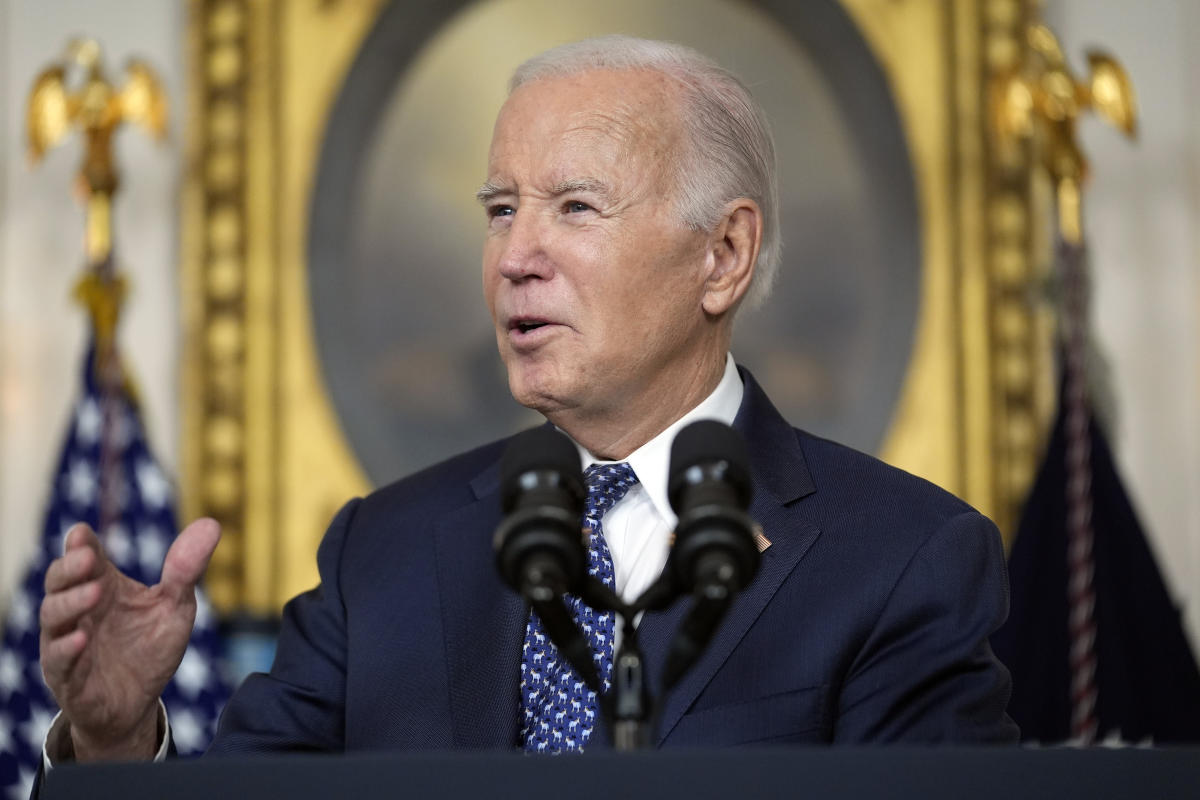The Supreme Court appears ready to limit the Biden administration’s ability to protect the environment once again.
This time, several justices expressed skepticism of a proposed rule from the Environmental Protection Agency meant to reduce harmful cross-state air pollution, according to the New York Times’s Adam Liptak. A decision is expected by June.
What’s happening?
The Biden administration has proposed a “good neighbor” rule directing 23 states to cut ozone pollution from factories and power plants that drifts into eastern states. The smog-causing pollutants are linked to asthma, lung disease, and premature deaths.
However, after a wave of litigation, the rule currently only applies to 11 states. Three of those states — Ohio, Indiana, and West Virginia — along with energy companies, are now asking the Supreme Court to block the rule entirely while lower court challenges proceed.
Justice Brett Kavanaugh said the EPA “didn’t have an explanation” for why the more limited rule still made sense, calling the justification a “goose egg.”
Why is air pollution concerning?
Air pollution doesn’t respect state borders. Ozone and smog from power plants and factories can drift hundreds of miles, impacting the health of people in downwind states, especially those with asthma and COPD.
Judith Vale, a lawyer for states supporting the plan, perfectly explains the issue at hand: “In the good neighbor provision, Congress protected downwind states from pollution emitted in upwind states.
“A stay of the good neighbor rule would undermine that statutory goal and the public interest by sending ozone pollution into downwind states, including Connecticut, Wisconsin, and New York, that receive substantial pollution from the particular upwind states that are currently in the rule, including Ohio and Indiana.”
What’s being done about cross-state air pollution?
The EPA is using its authority under the Clean Air Act to require upwind states to reduce pollution that contributes to downwind states’ air quality problems. While the Supreme Court appears poised to block this particular rule, for now, the underlying policy of making upwind polluters take responsibility is important.
“It would delay efforts to control pollution that contributes to unhealthy air in downwind states, which is contrary to Congress’s express directive that sources in upwind states must assume responsibility for their contributions to emissions levels in downwind states,” the EPA said in its brief to the court.
As the Supreme Court deliberates, we the people can take precautions to protect our health. On windy days, limit outdoor activities to protect yourself from drifting ozone and smog, and pay attention to daily air quality alerts to keep your children from playing outside during dangerous periods.
We can also support clean energy efforts in our states, which prevent harmful pollution at the source — and an ounce of prevention is worth a pound of cure.
Join our free newsletter for cool news and actionable info that makes it easy to help yourself while helping the planet.
Signup bonus from




